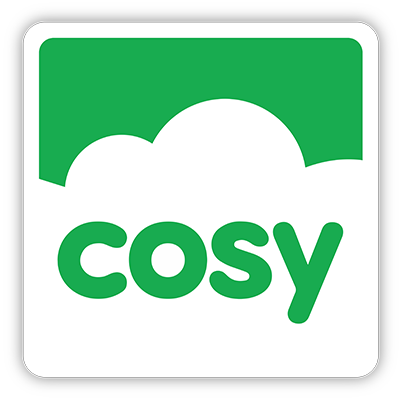Just a cardboard box...never!
The humble cardboard box is actually a powerful tool for play and learning. By saving them from the recycling, we are not only repurposing but facilitating a magical opportunity to enhance children’s play. A box is far from being ‘just a cardboard box’! (Photo credit above to @teameyfs)
By offering children the opportunity to play and explore with boxes, we are enabling their imaginations to run wild. It can be anything a child chooses it to be. Although some resources in our environment have one sole use or purpose, the box has many. As an open ended resource, a box has endless potential – a robot, pirate ship, a cosy house, secret hideaway or a superhero HQ. There are so many possibilities! It’s simply wonderful to stand back and observe, watching as children’s creativity flourishes.
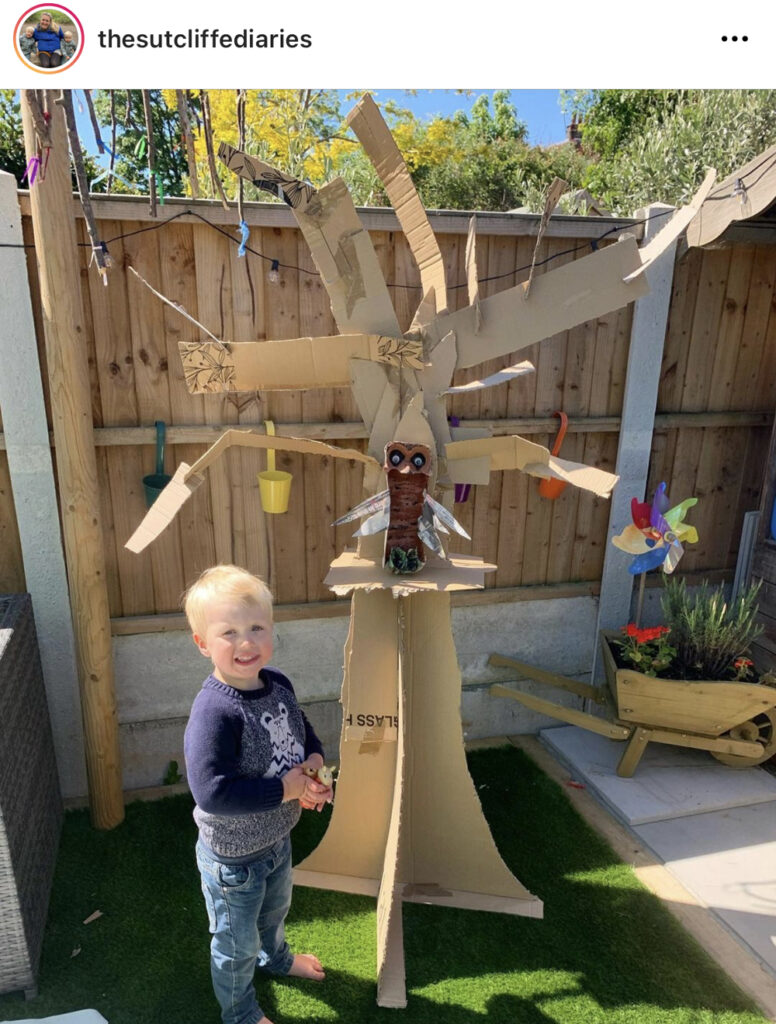
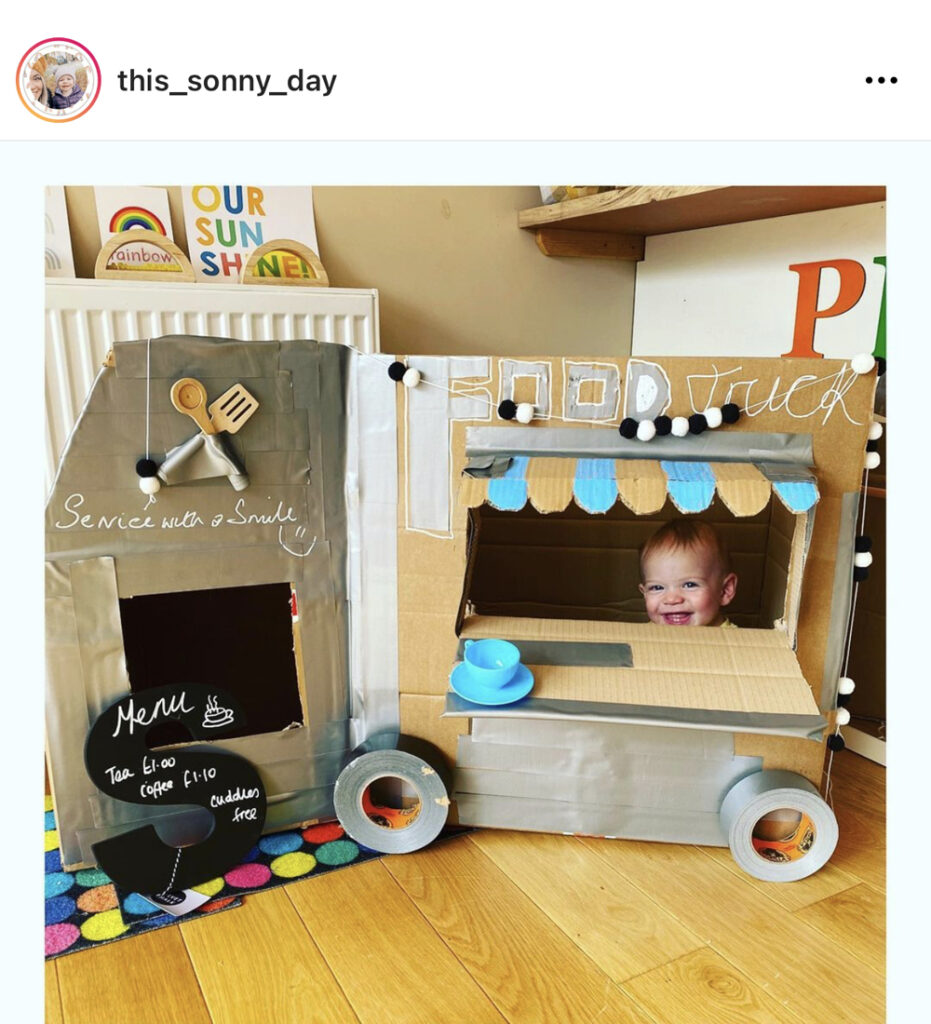
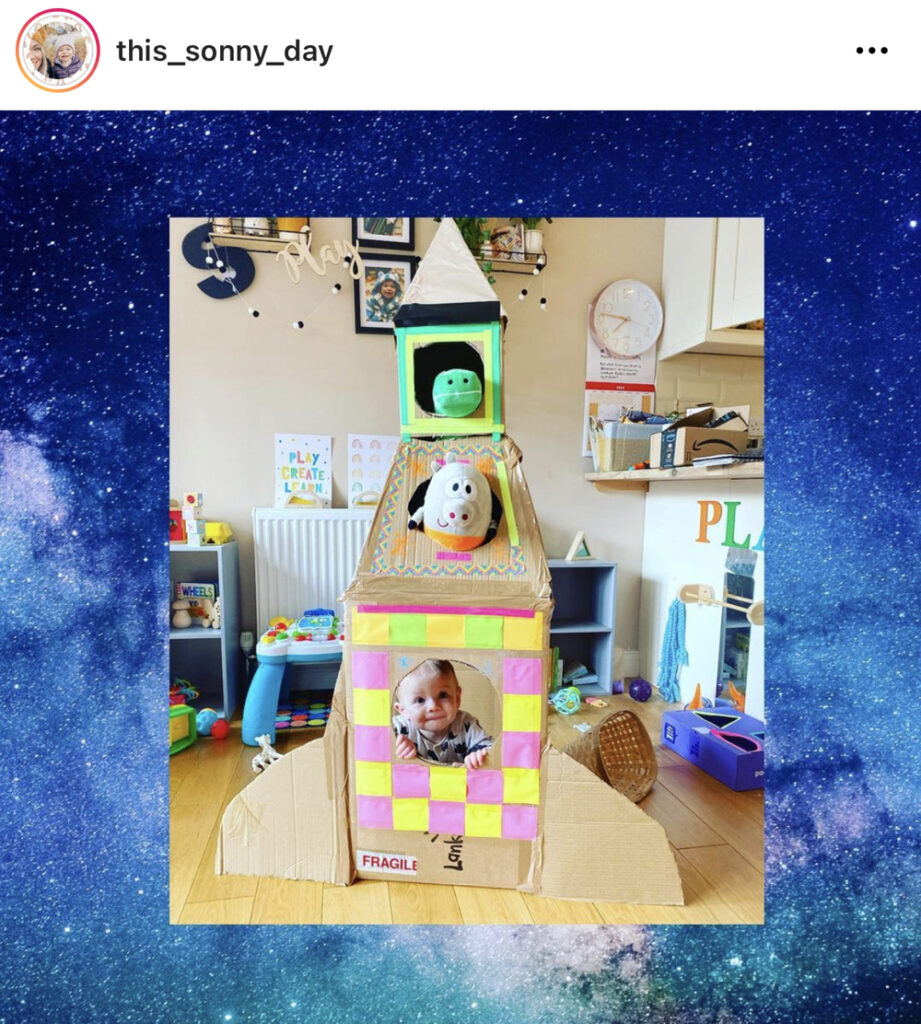
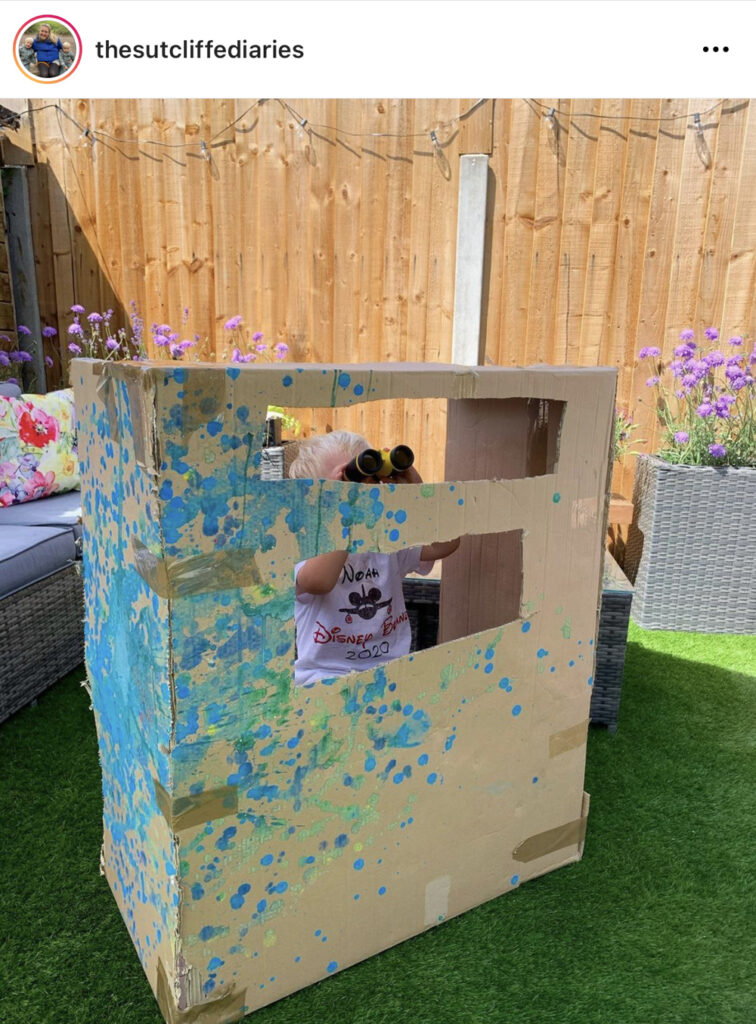
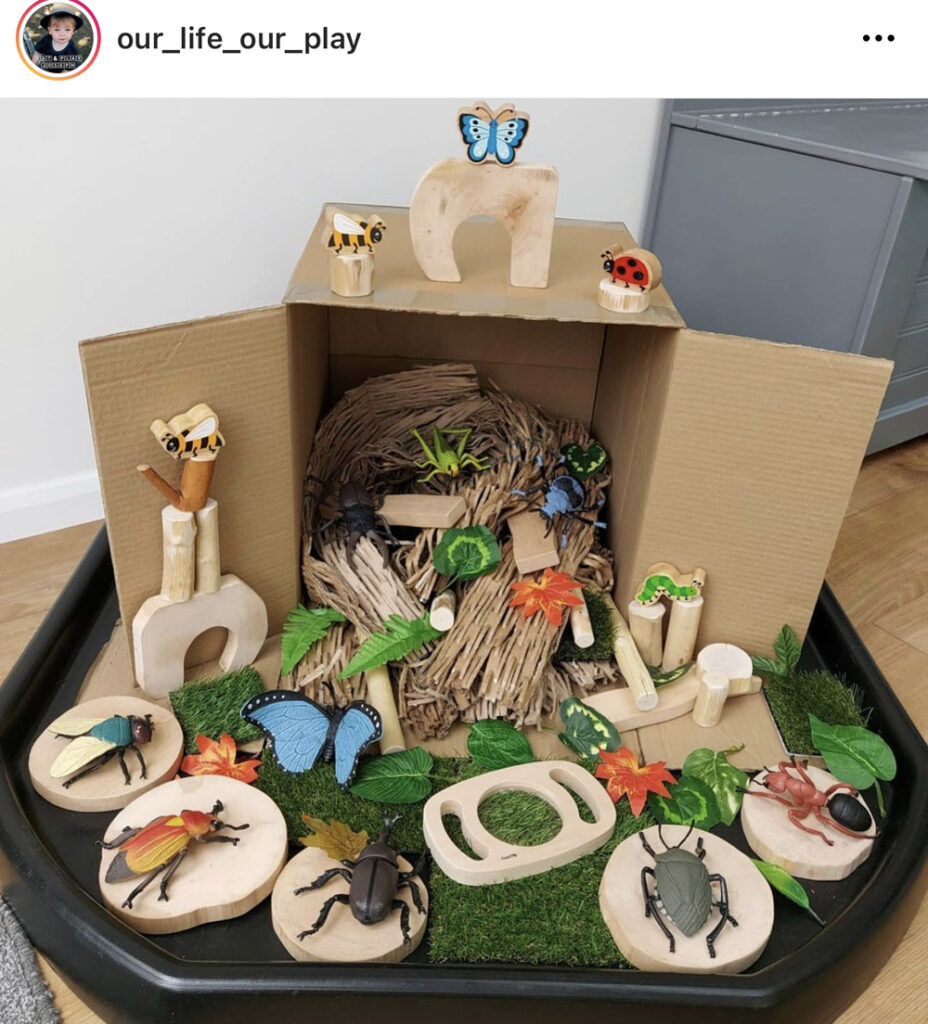
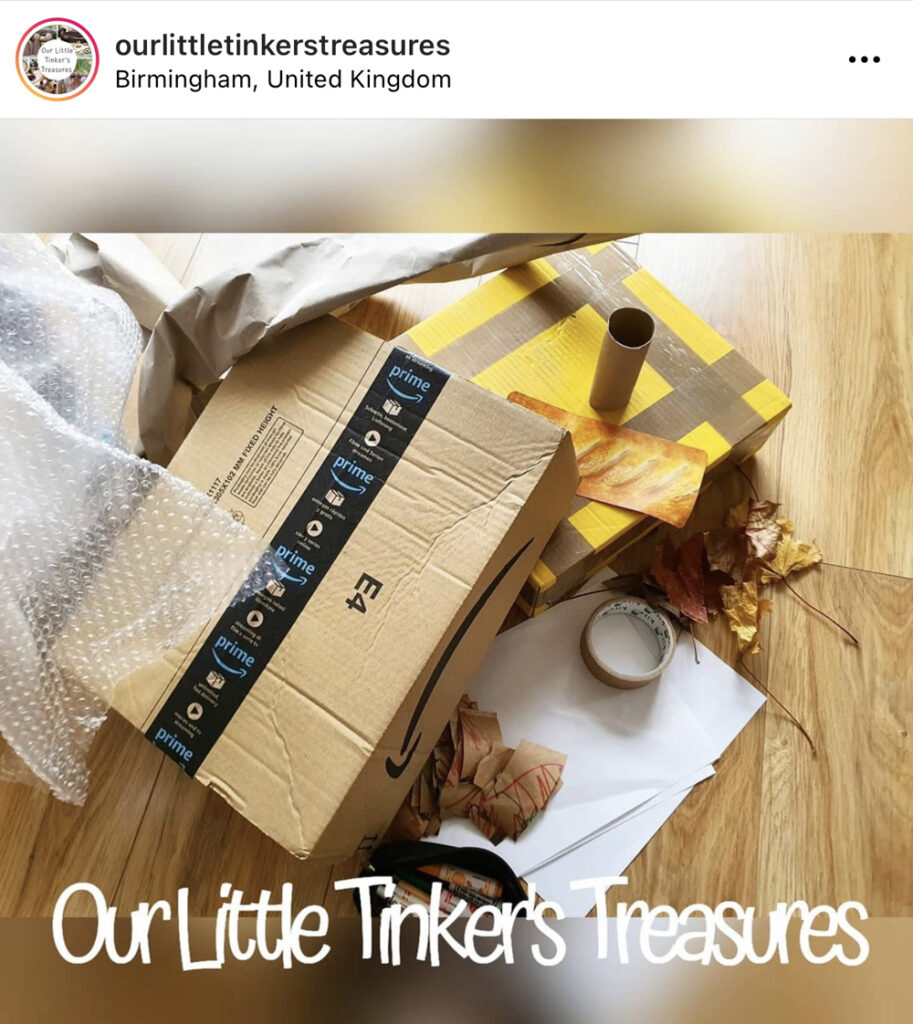
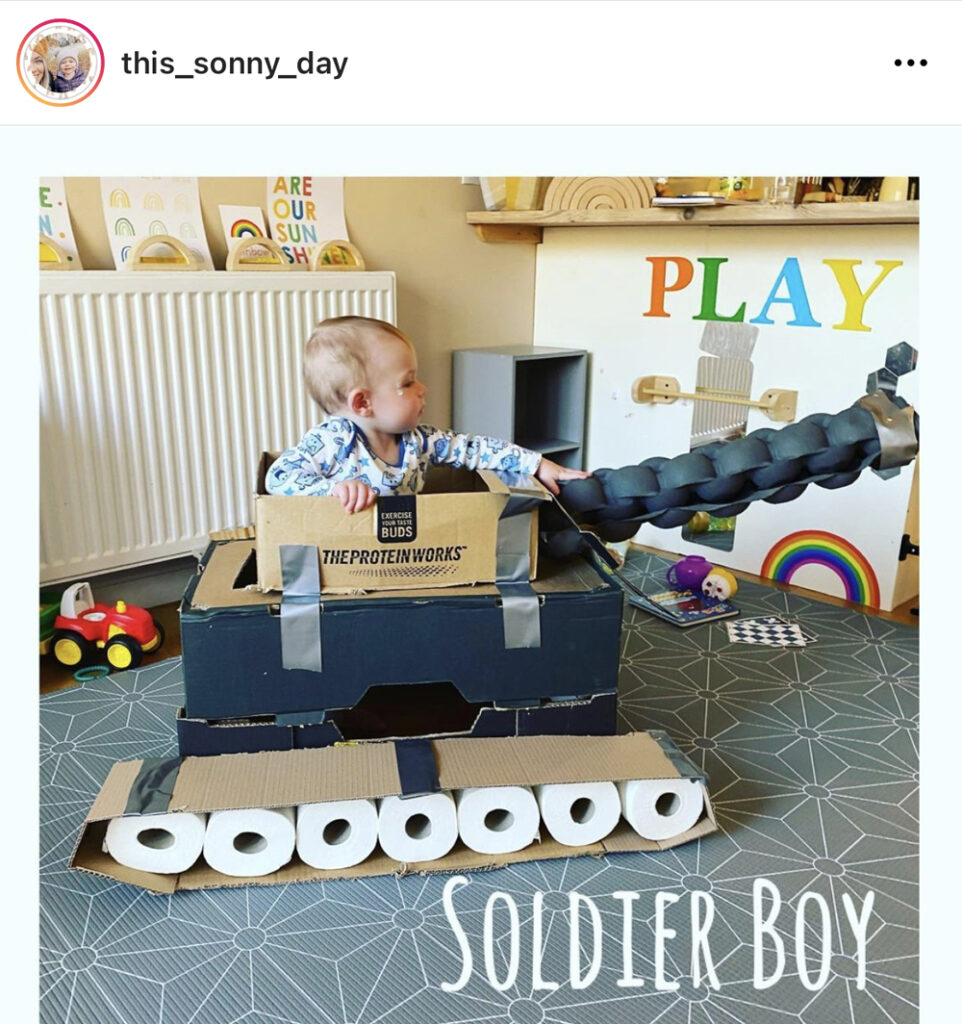
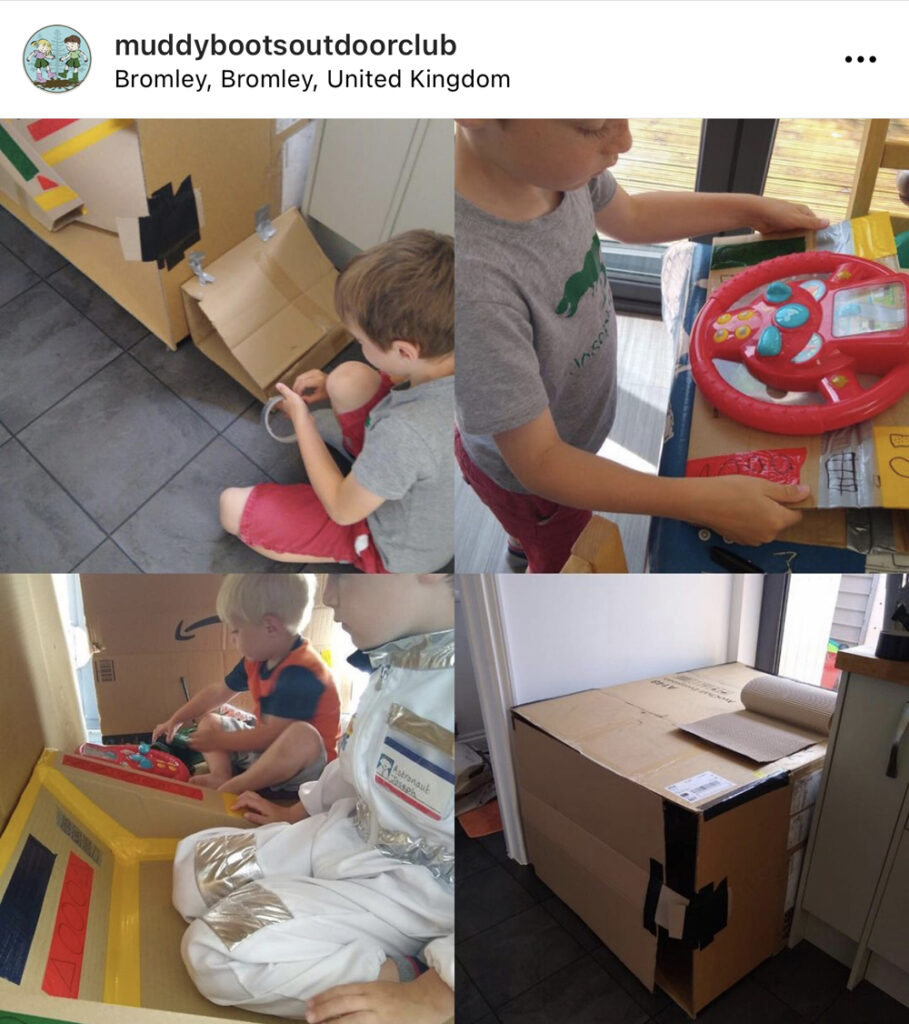
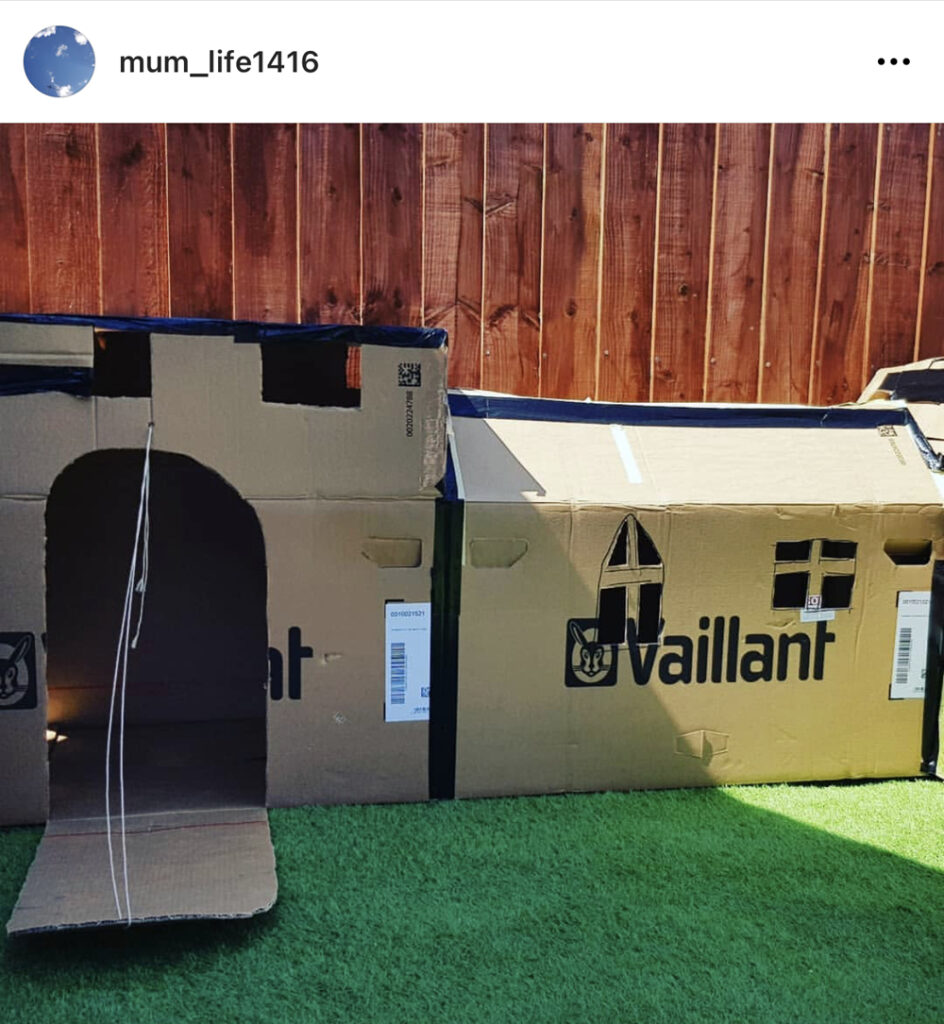
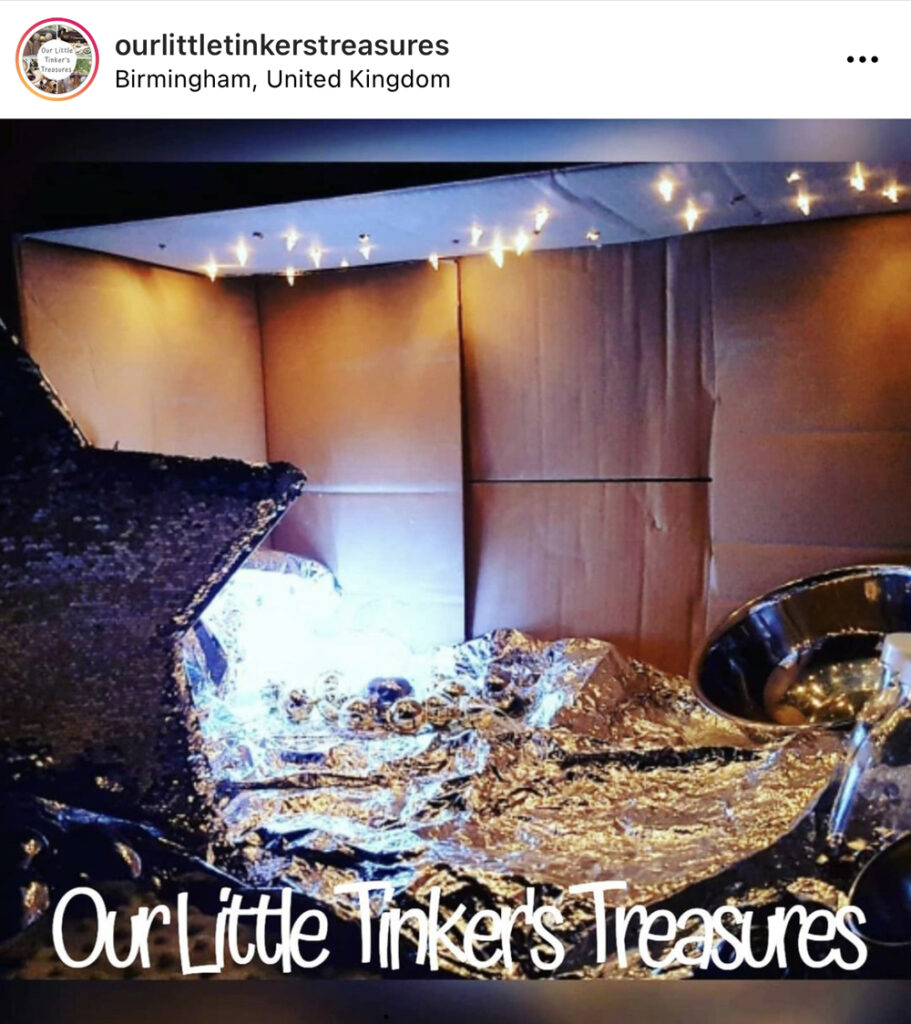
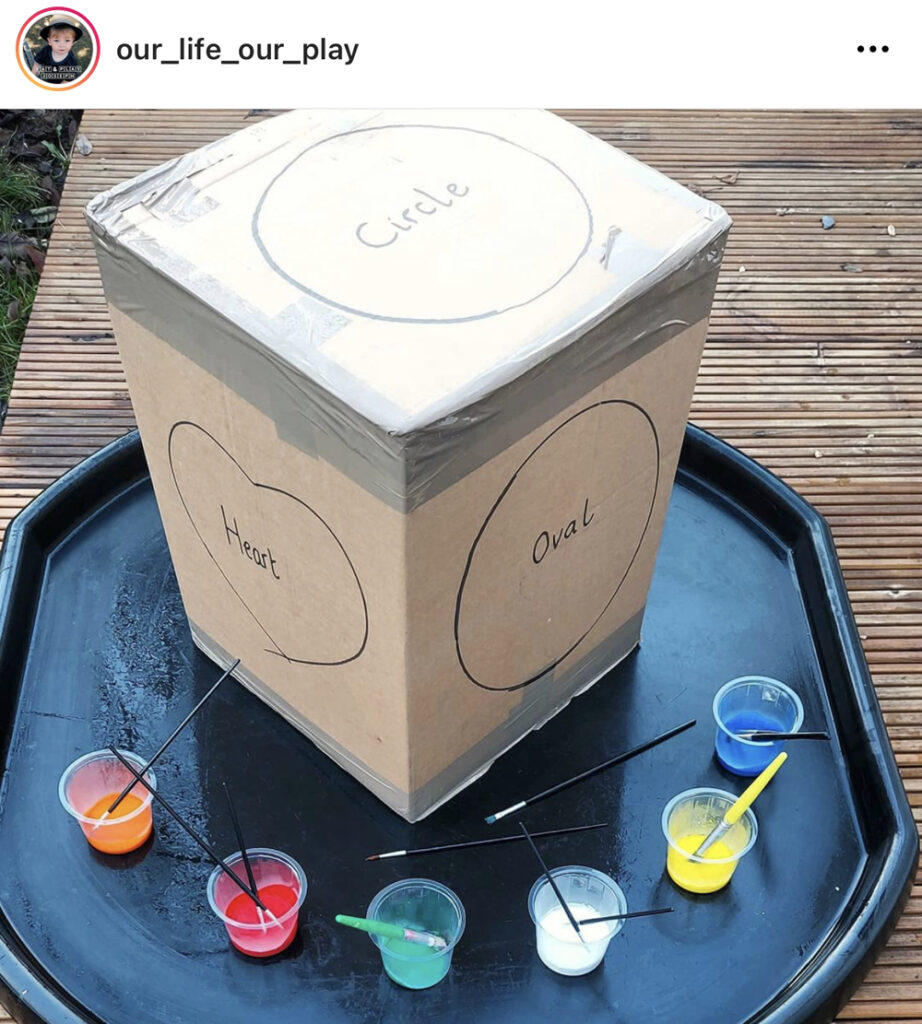

As we observe the play, we can reflect as a team on what we are seeing, recognising the impact on learning. These observations can then help us to evolve the play, adding further resources or prompts. Perhaps you might consider adding crayons, paints, craft materials or other loose parts. Children could decorate their construction or enhance it with cardboard tubes, crates, blankets or cable reels. Think about where your box play is offered – if it’s always indoors, think about providing box play outdoors too to compare the play. Does the freedom and space afforded by the outdoors produce larger scale creations?
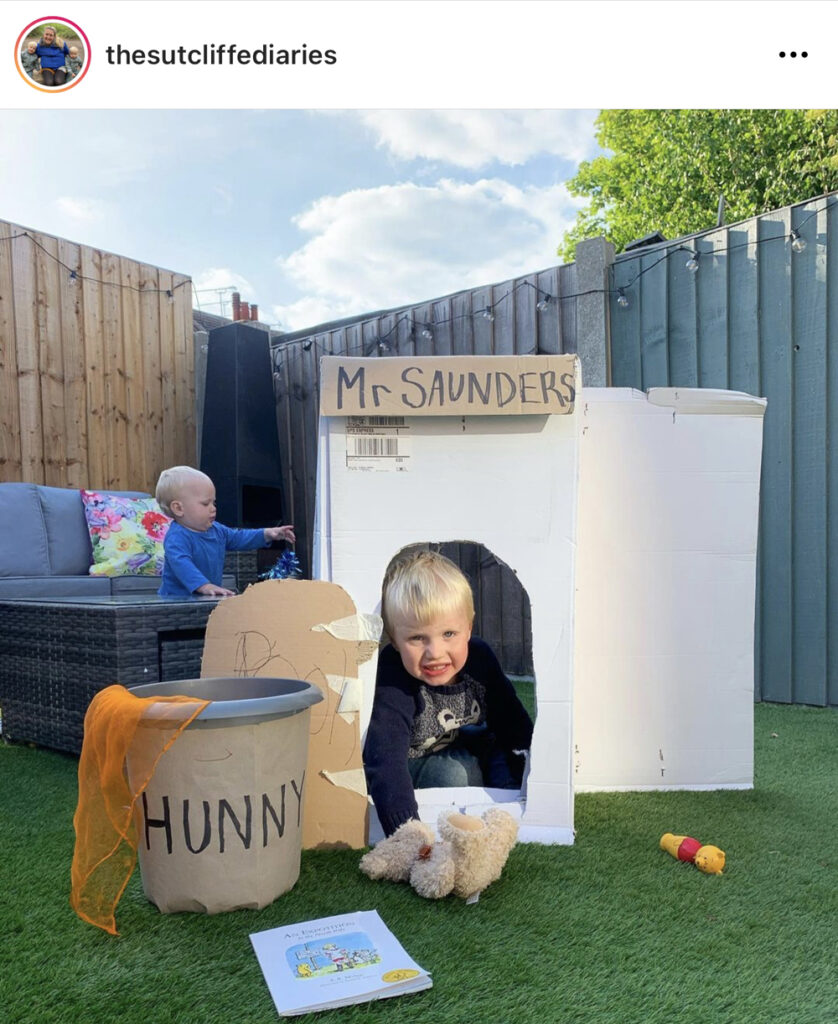
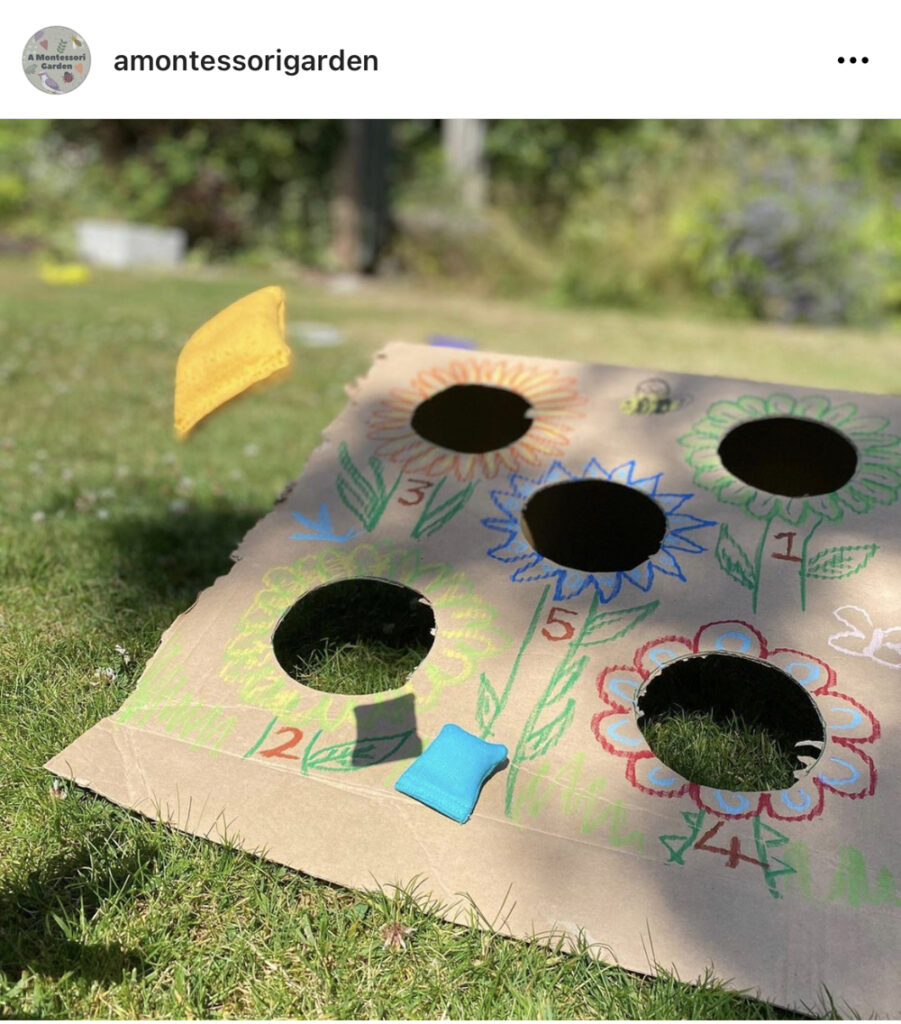
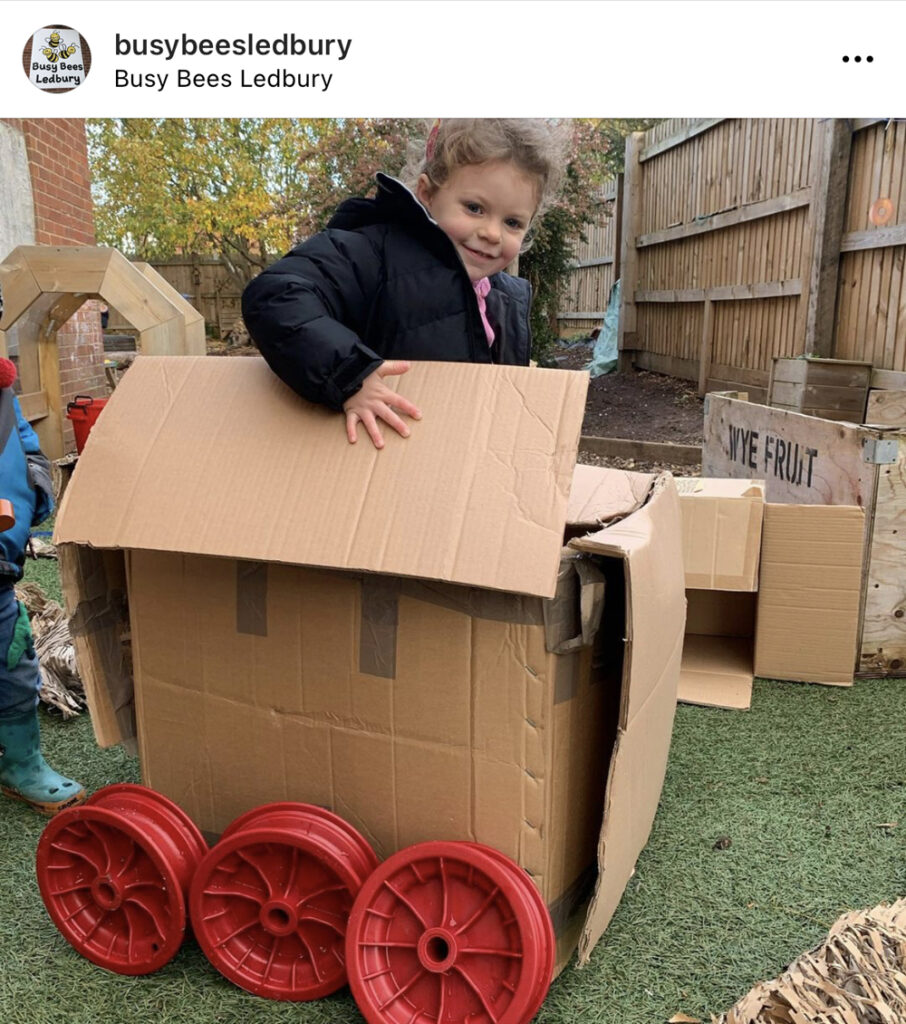
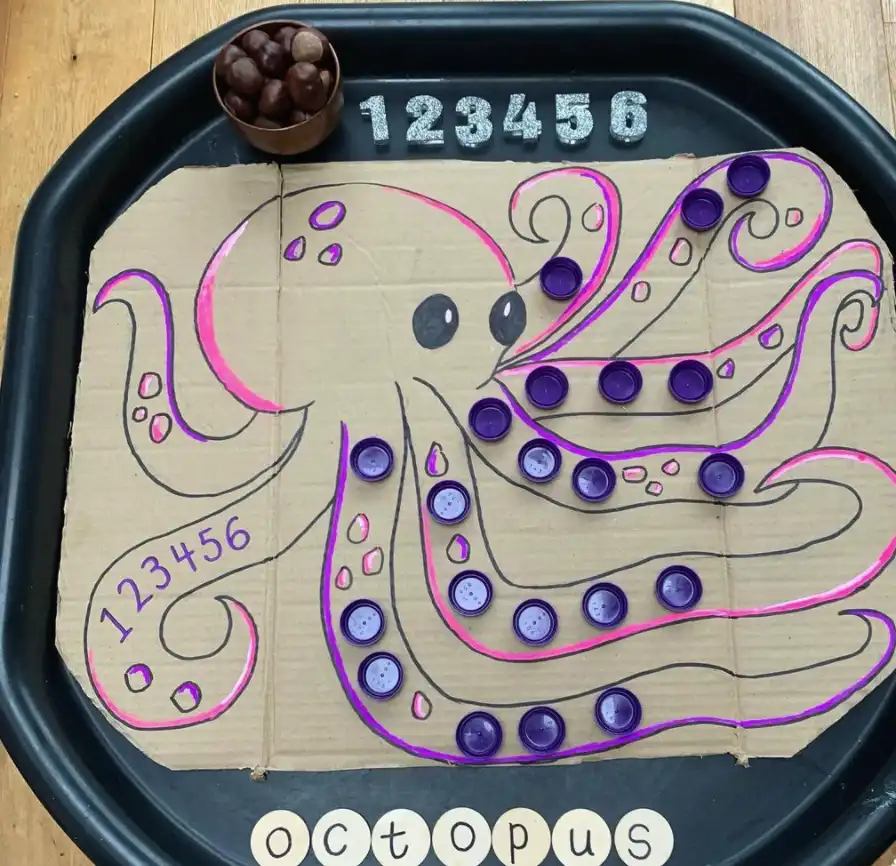
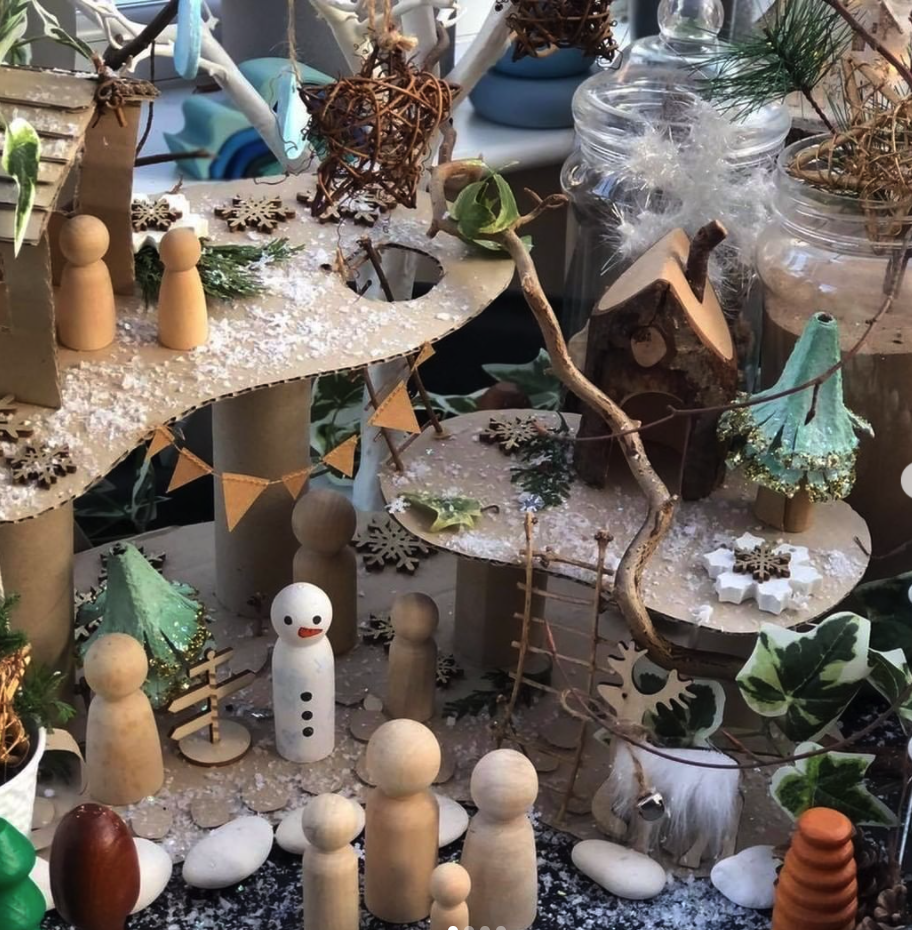
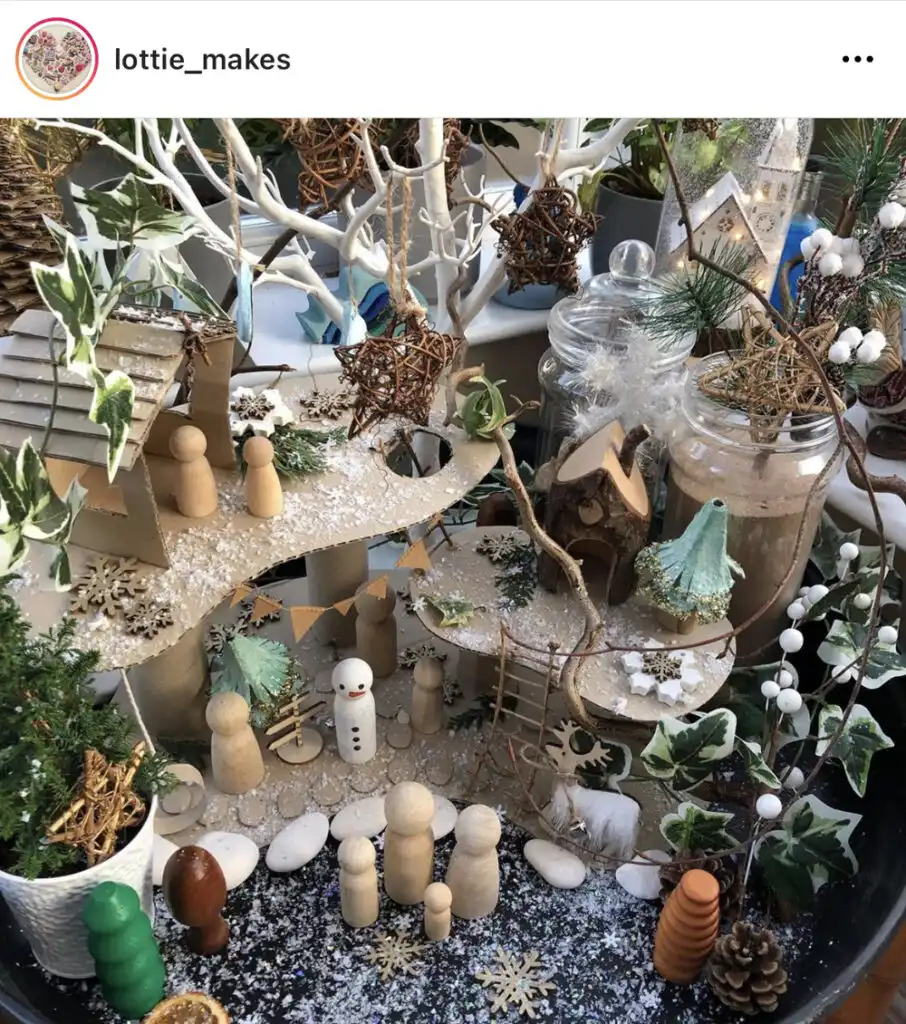
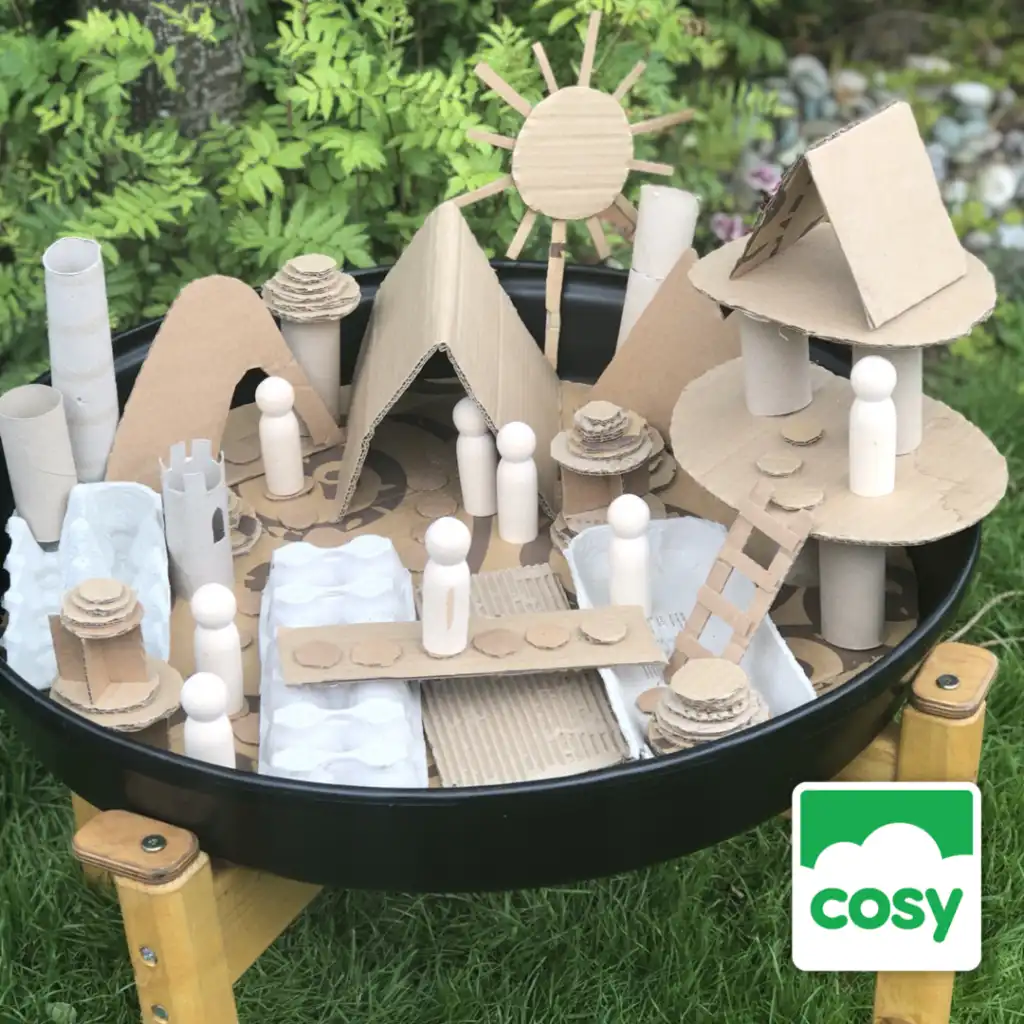

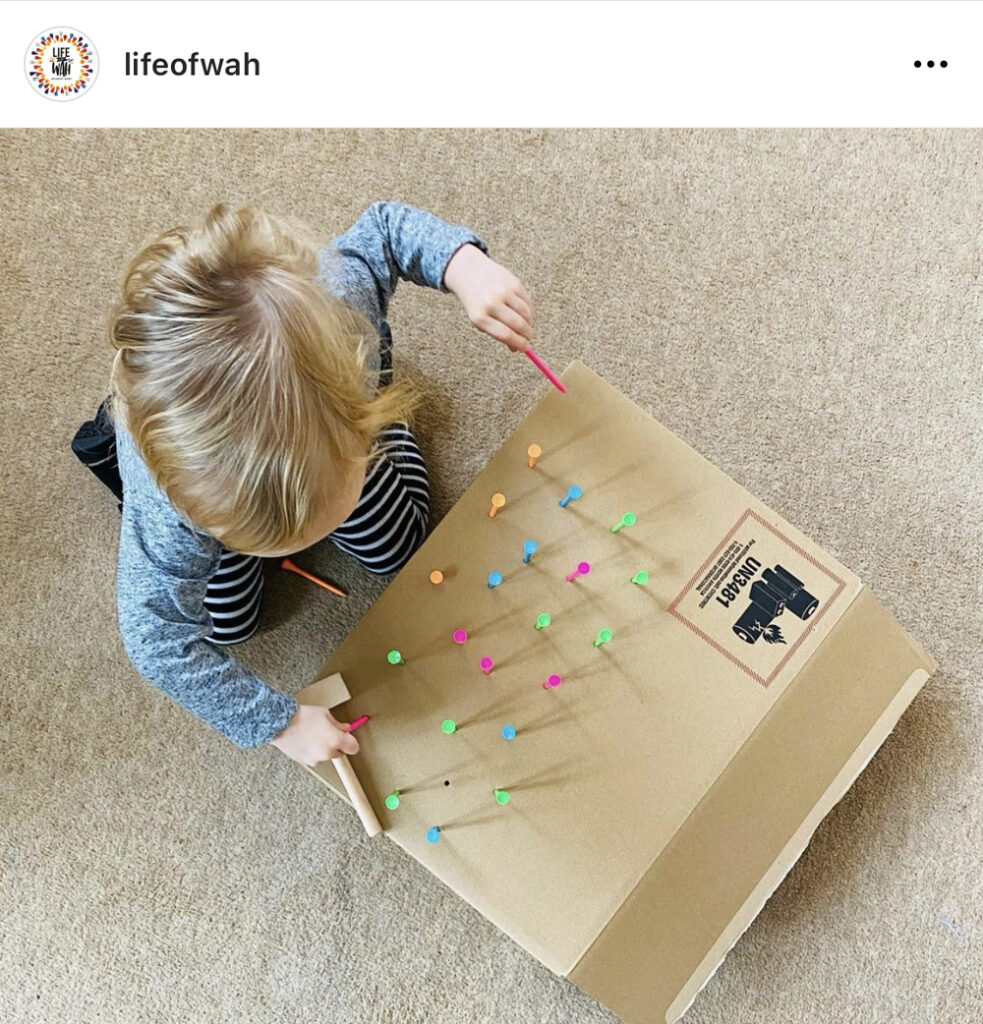
Box play, as well as being lots of fun, enables learning across the Early Years Foundation Stage (EYFS). The cardboard box blank canvas invites talk as children make plans, discuss ideas, cooperate and engage in often complex narratives. Mix it up with different shapes and sizes of boxes offering opportunities to explore, investigate, experiment and learn new skills. Transporting and arranging boxes is great for developing all important gross motor skills. The hands, wrists, arms and shoulders are all in action, building strength ready for writing. Children think about the space around them, thinking critically, solving problems and gaining an understanding of simple concepts through trial and error. This type of free, experimental play is important for children in understanding their role in their own play. As box play is entirely open ended, they have control over their play, learning about how things fit together, what works and what doesn’t. This offers a sense of empowerment as children can influence their play, without there being a right or wrong way.
Educators need to be able to tune in to children’s box play, just as with any other type of play. We need to enable children to have control and wait to be invited in to join their play. When you are, it’s important to be enthusiastic, take the lead from them and avoid taking over the play. Engaging in sustained shared thinking is a great way to encourage critical thinking, organically extend play and inspire rich, deep play and learning. Wonder and think together, encouraging talk. Rather than taking over the play, this type of interaction enables us to understand a child’s perspective and their view of the play. These acts of thinking together through meaningful conversation help us to extend and enhance box play, based on interests, characteristics of effective learning, children’s ideas and thoughts.
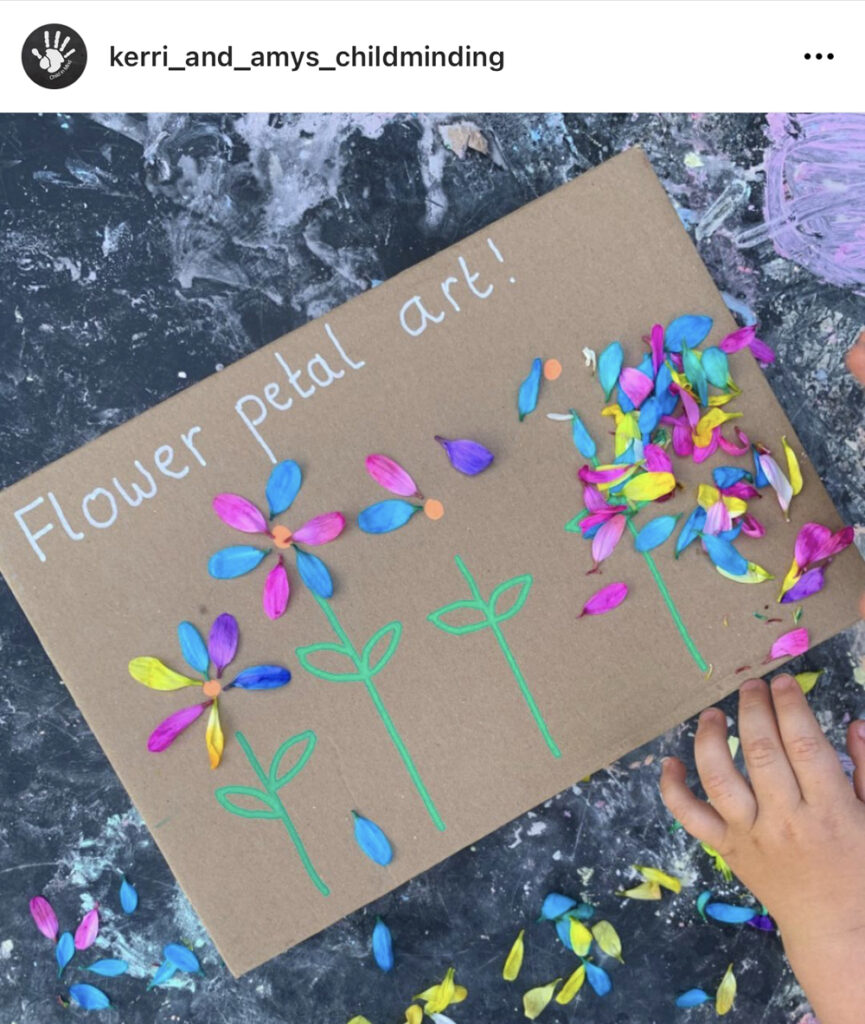

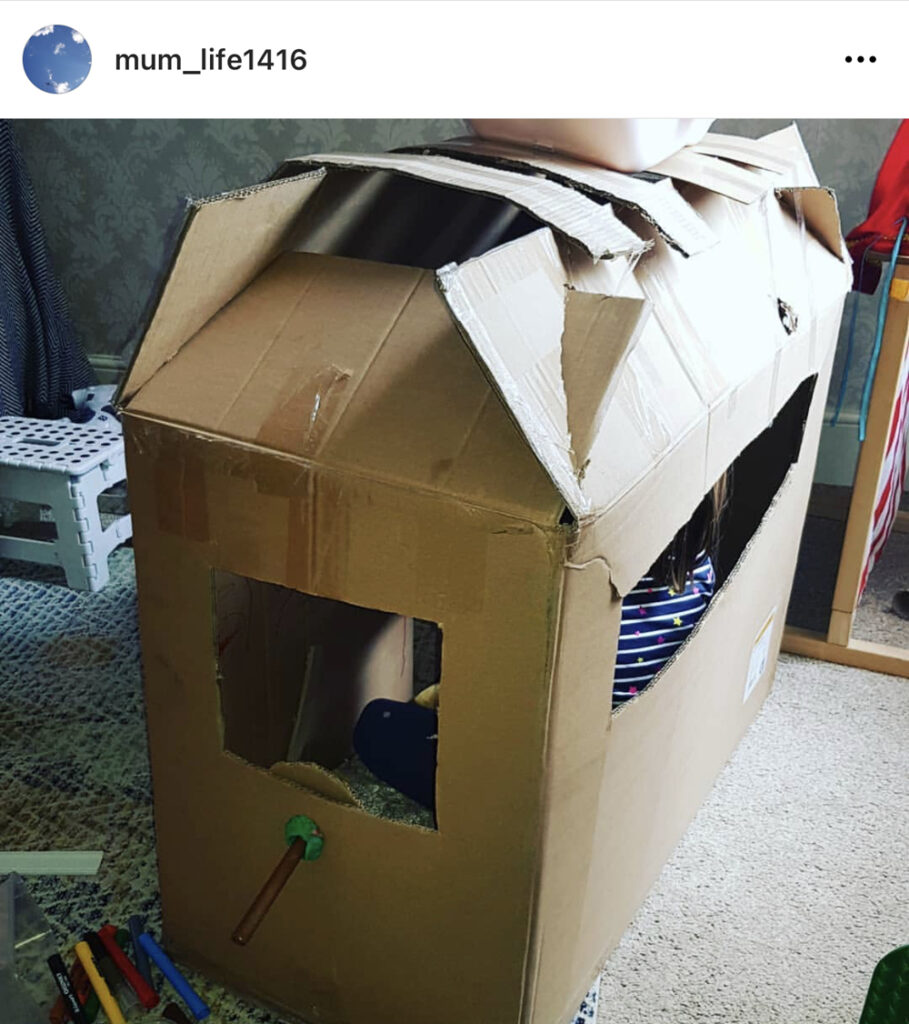
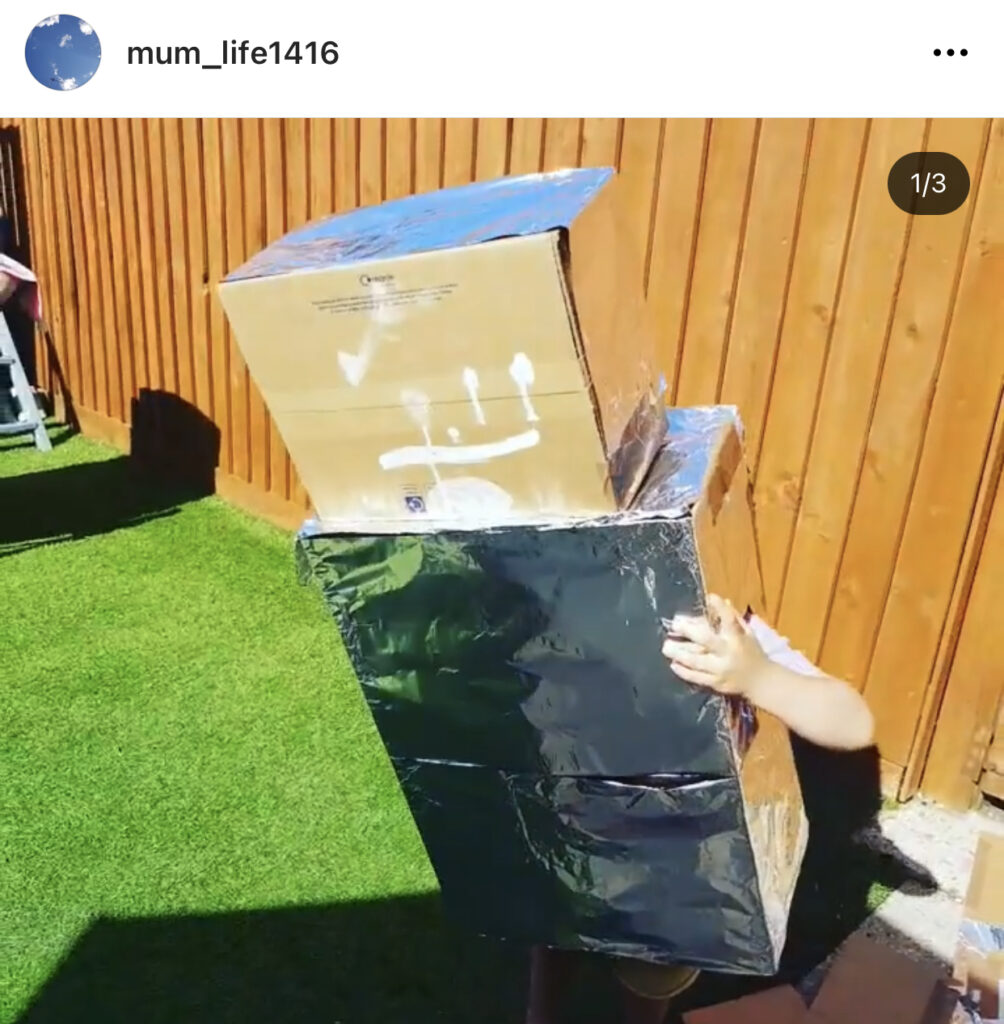
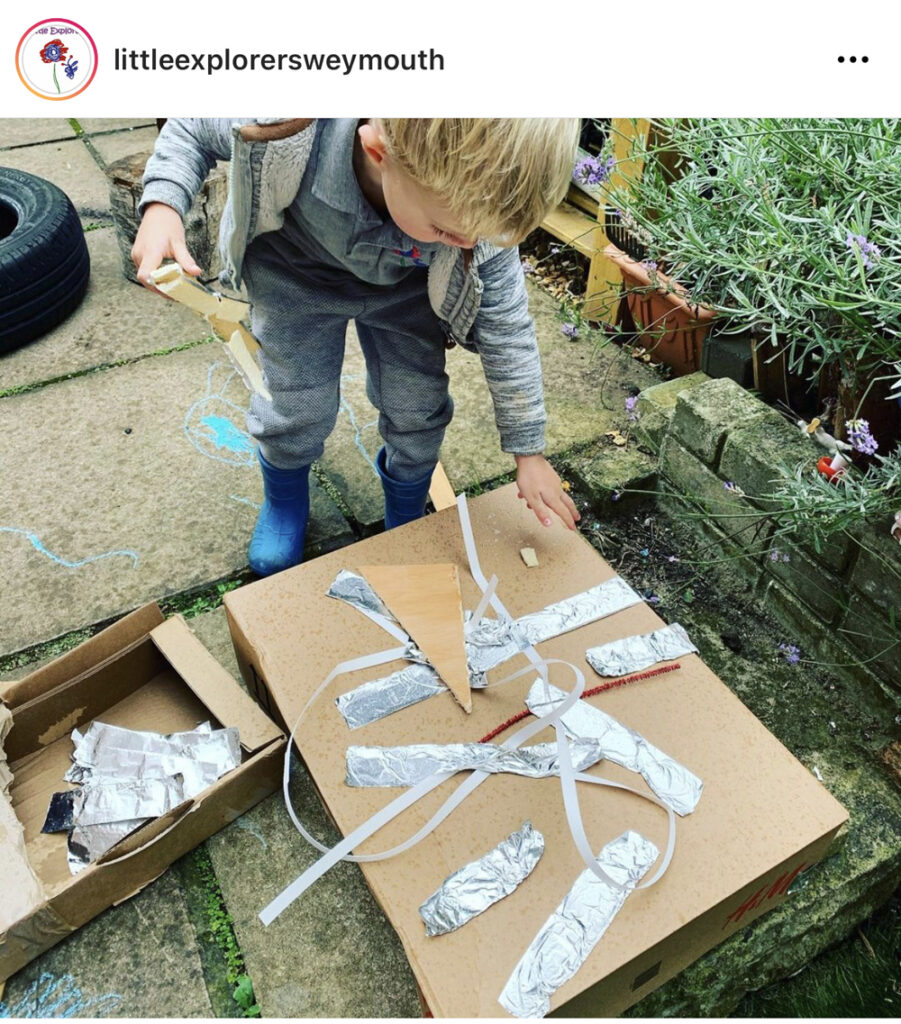
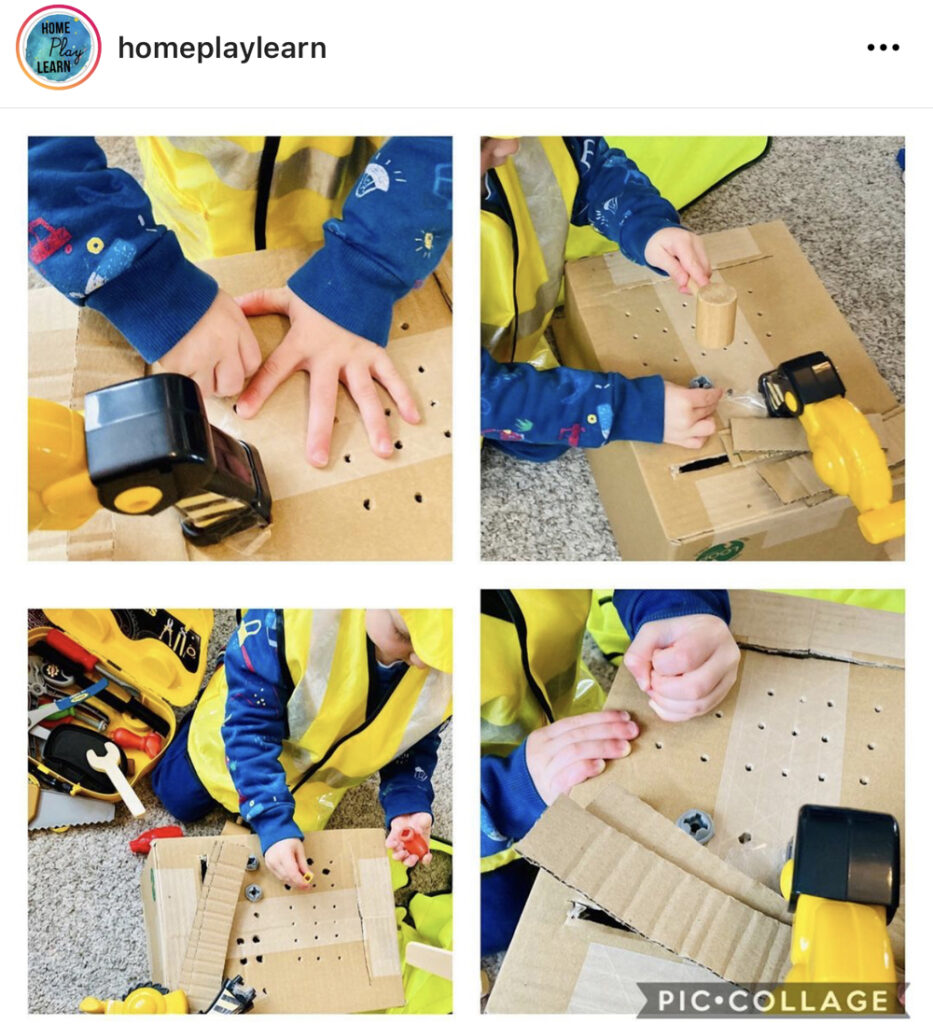
Just a cardboard box - what do you do with yours? Let us know how you use the humble box in your setting! Tag us in your play @CosyDirect #CosyDirect #cosyclubideas
Facebook: https://www.facebook.com/cosydirect/
Twitter: https://twitter.com/cosydirect
Instagram: https://www.instagram.com/cosydirect/
With thanks to The Cosy Creatives and all our Cosy Club Members and contributors to this blog post.
